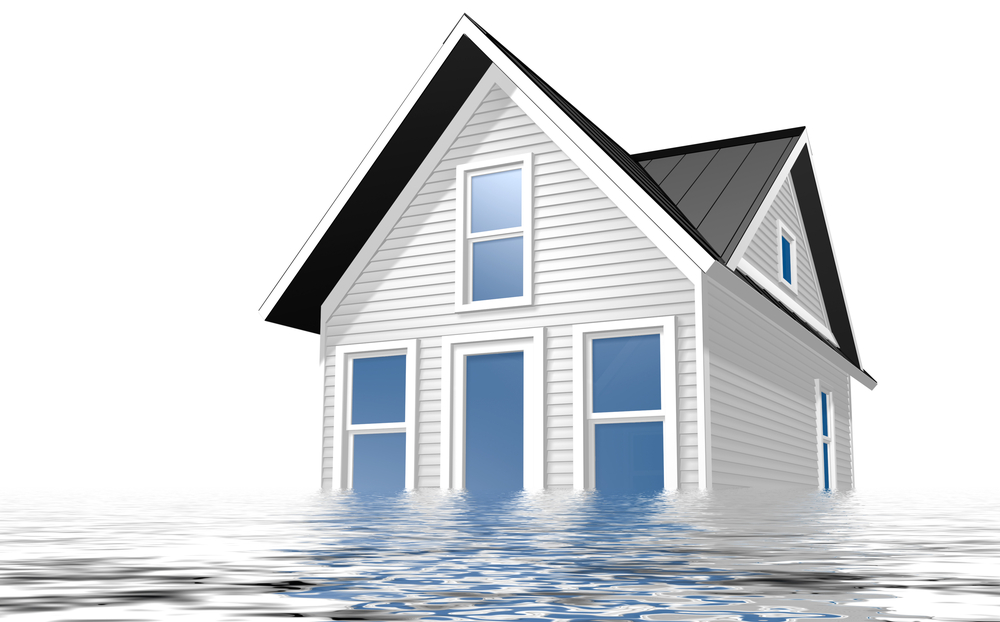
The typical homeowner’s insurance policy does not include flood insurance, but that doesn’t mean you don’t need it. Still, this added coverage is becoming more and more costly, so you need to be thoughtful about whether it’s right for you. Let’s examine how to know whether flood insurance is a worthwhile addition to your homeowner’s insurance.
Do You Live in a Floodplain?
Floods are the nation’s costliest natural disasters, which is why homeowners who live in areas designated by the government as floodplains are usually required to have flood insurance. Even if your insurance carrier doesn’t require it, though, it’s probably a good investment. The average cost of flood insurance is $660 per year, which is much cheaper than replacing your furniture and other belongings in the case of a flood.
To learn whether your home is in a designated floodplain, check out the FEMA Flood Map Service Center, where you can search your address.
Do You Live in a Former Floodplain?
Geography can change fairly drastically in a short time, so many people find themselves living in areas that were formerly designated as floodplains. While the removal of floodplain status can certainly make you feel more comfortable, there are no guarantees that flooding won’t happen again. In this instance, it’s wise to balance the cost of flood insurance against the level of risk you’re comfortable with.
Does Your Area Have a History of Flooding?
Not all geographic areas that experience floods meet the requirements to become a federally designated floodplain, so while the FEMA site linked above is helpful, it’s not necessarily the full picture. If you’re unsure whether flooding has ever taken place at or near your home, do some research by talking first-hand with your realtor or with neighbors who have been living in the area for a long time. Their knowledge of past floods – or an absence of them – may help you decide whether you truly need to pay for flood insurance.
Choosing whether to add flood insurance to your homeowner’s insurance policy requires thought and a bit of research. Use the guidelines above to help you determine if flood coverage is right for you.





